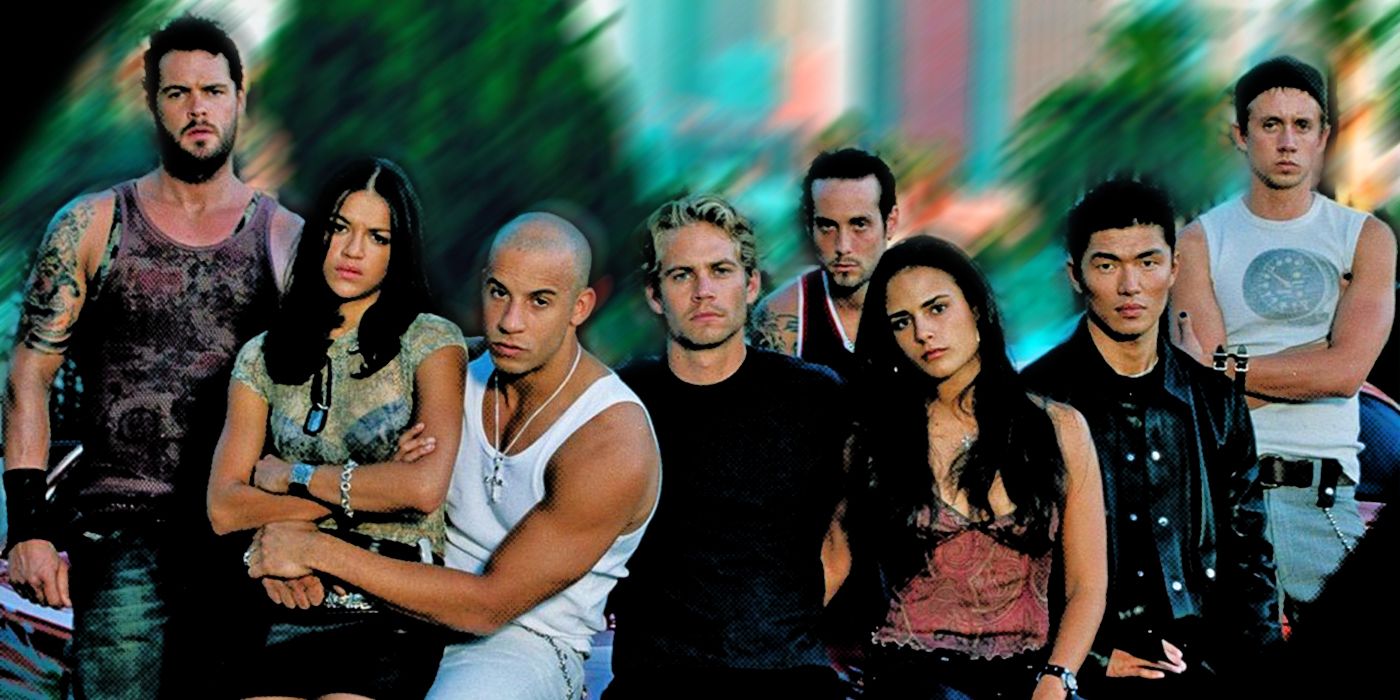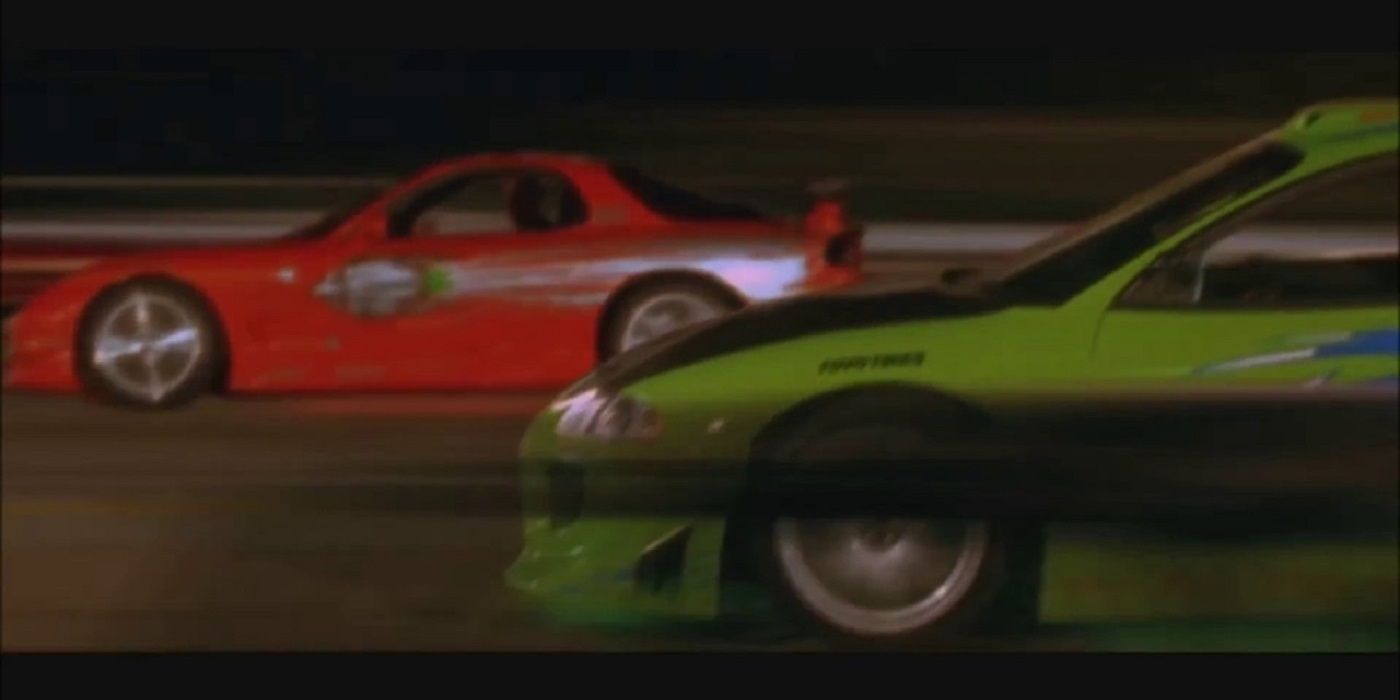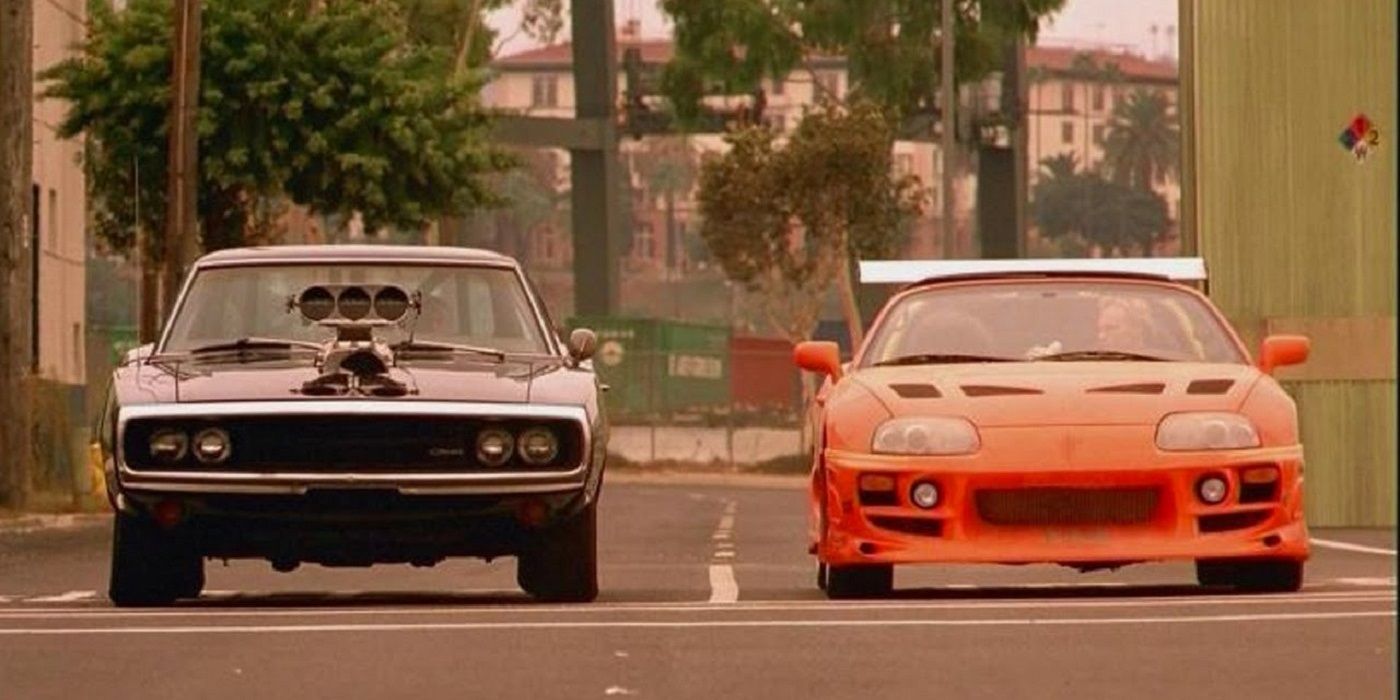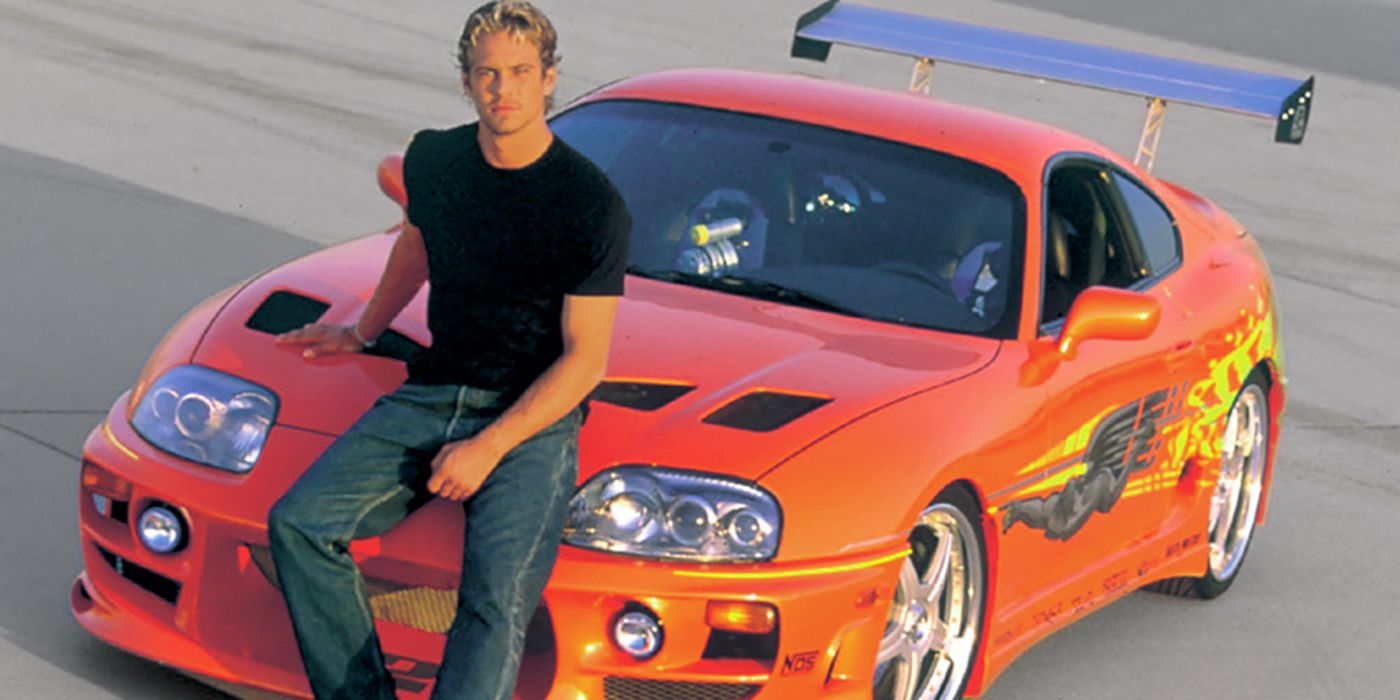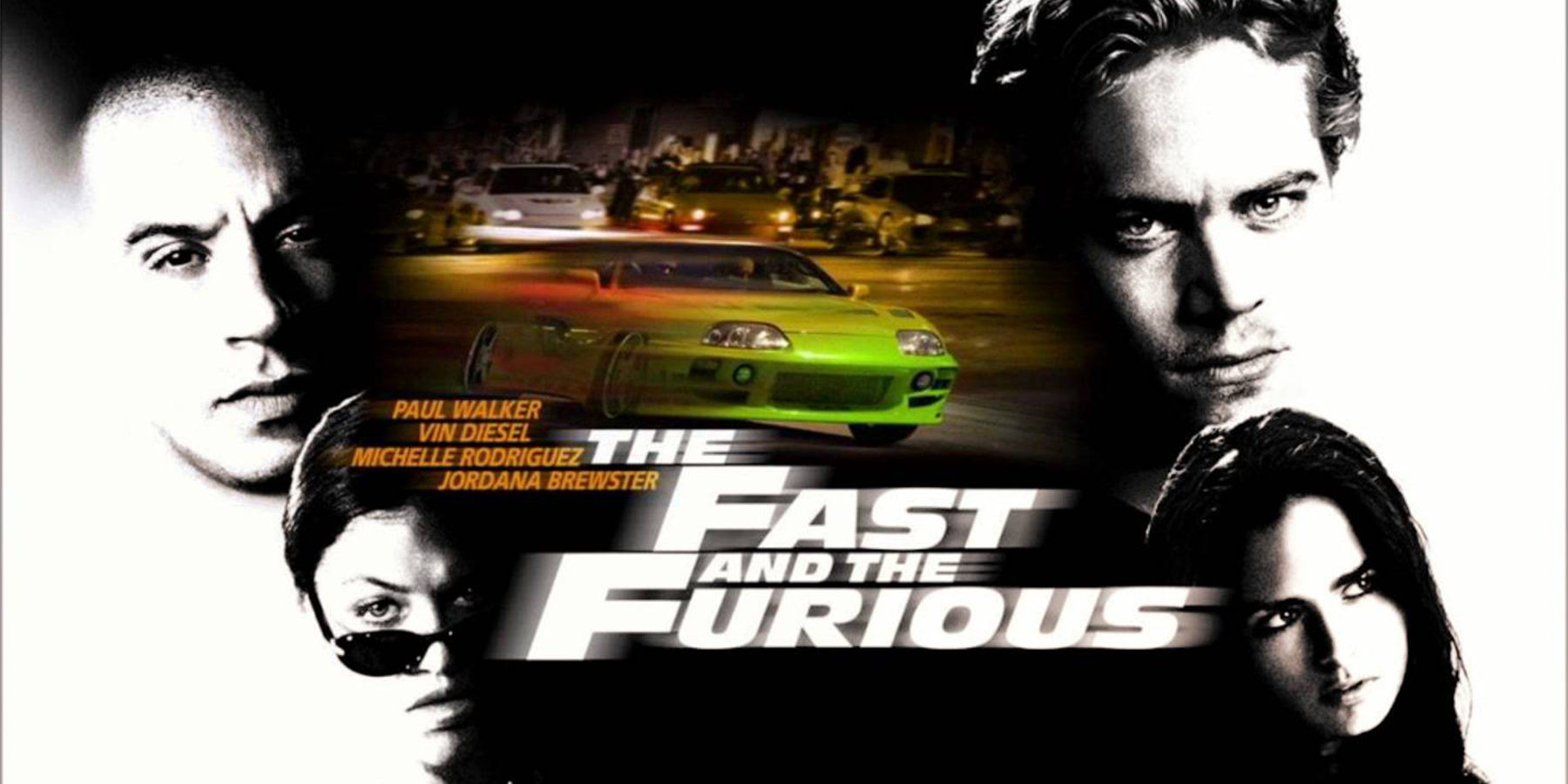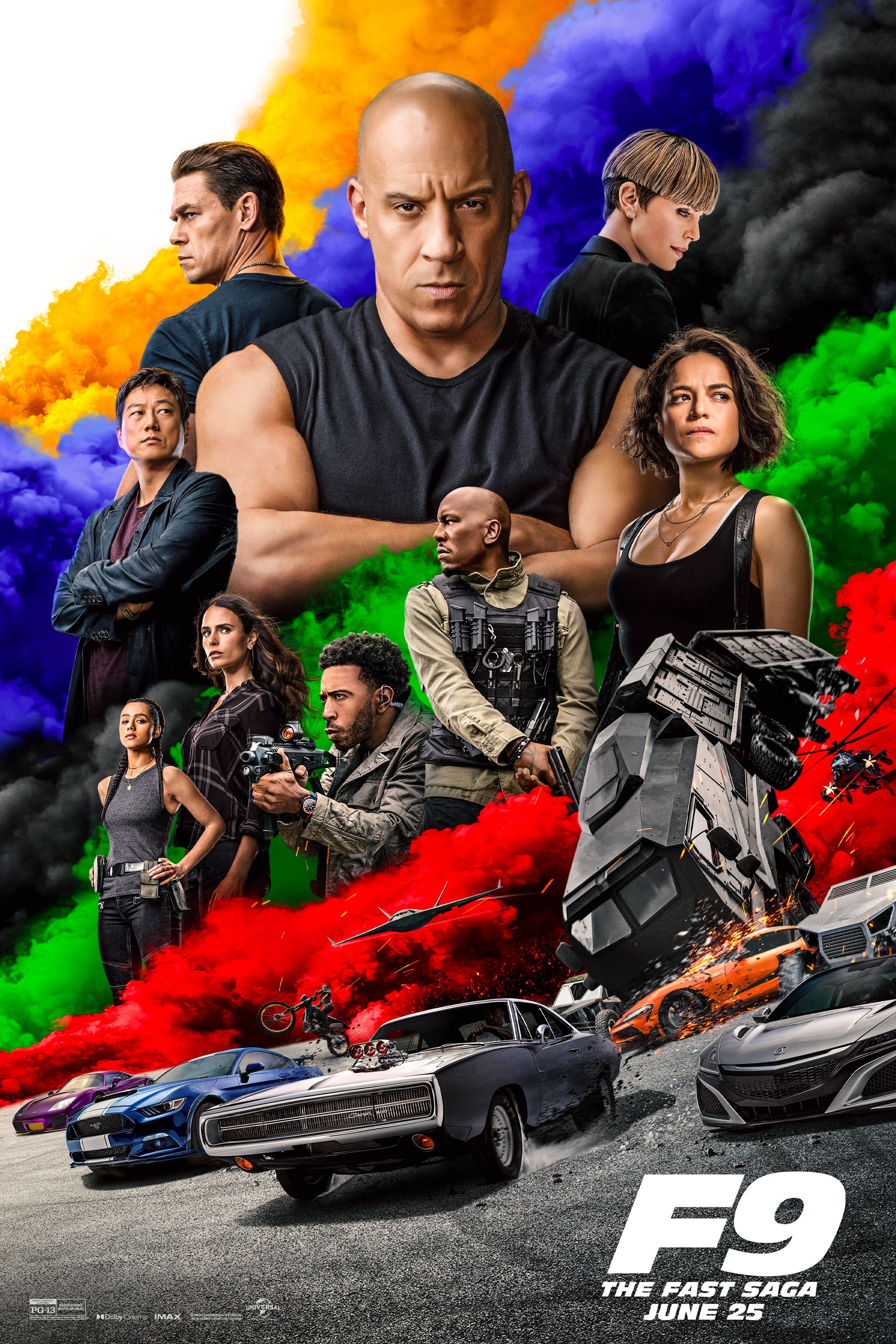The original Fast & Furious movie is iconic; however, without the expert feedback and subsequent changes that were made to the script, the franchise may never have taken off. Since The Fast and the Furious debuted in 2001, nine films (including one spin-off, 2019's Hobbs & Shaw), one animated television series, two short films, a few Fast & Furious video games, toys, and theme park attractions have been released as part of the series. The franchise is Universal Studio's largest and has grossed over $5 billion — not to mention bringing popular attention to the world of illegal street racing.
In 2009, the series underwent a reboot with Fast & Furious. After this installment, the series began to focus more on international espionage and heists, but the cars are still hugely important. Suspenseful plots and impressive explosions aside, the core of the franchise rests on the bedrock of car culture: the relationship of each driver to their car, which is deepened and strengthened by the work of tuning, modding, and racing.
But before the original Fast & Furious film was made, technical consultation was sought to ensure that the world of street racing was being accurately portrayed. The films inevitably attracted new audiences to the sport, but without the endorsement of those already well-versed in its nuances, it might have failed on multiple fronts. Craig Lieberman, the technical adviser for the first two Fast & Furious films, had a huge influence on the production of the first movie: Lieberman has released a video (via Youtube) describing the changes that he made to The Fast and the Furious, suggesting that the script looked quite different after his involvement.
The Opening Scene Was Far More Violent
In the original Fast & Furious film, the opening scene shows a crew of thieves driving heavily modded Honda Civics attack a truck transporting valuable electronics. One of the crew members shoots the truck driver with a tranquilizer gun in order to subdue him long enough to loot the goods. However, in the original script, this attack took place with a shotgun. Due to concerns that the racing community would be seen as made up of violent criminals, this was changed to the far friendlier tranquilizer dart gun.
Every Car Was Different
Before Craig had his way with the script, the writers and producers had assigned each character a car. Thanks to Craig's expertise, experience, and knowledge of the tuner car market hierarchy, these choices were fine-tuned to more accurately reflect the contemporary landscape of street racing. Originally, Brian was to drive a Toyota Supra. This car would be destroyed by rival Johnny Tran, after which Brian was to switch to a Nissan 240SX. In the final version, Brian starts off with a Mitsubishi Eclipse, and switches to a Toyota Supra after Johnny destroys the Eclipse.
Numerous other changes were made to the car-driver roster as well thanks to Craig's input. Vince (Matt Schulze) switched from a yellow Honda Civic hatchback to a Nissan Maxima — a roomier and more realistic choice for the character. Jesse, who was originally supposed to drive a Volkswagen Beetle, wound up with a more race-friendly Volkswagen Jetta. Mia, Dominic's sister and Brian's love interest, was originally an art student who drove a Honda Accord. In the final version, she was changed to a nursing student with an Acura Integra. Johnny Tran went from driving a muscly Ford Mustang to a more on-theme tuned up Honda S2000, and Dominic's dad's car, which was originally supposed to be a 1990 Buick Regal, was ultimately changed to a 1970 Dodge Charger, a far more fitting choice.
Related: Why Michelle Rodriguez Didn't Like Fast & Furious' Original Script
Nitrous Wasn't That Prominent
When Craig was hired as a consultant, Rob Cohen got a taste of nitrous oxide, and how it impacted a race. Craig notes that while the only car actually outfitted with a nitrous system was the Toyota Supra, every car in the film had fake nitrous buttons attached to the steering wheel. Craig notes that even though the engine-boosting substance is referred to throughout the film as "NOS," this is just a brand name of a specific Nitrous Oxide System manufacturer. In reality, street racers referred to nitrous with terms like "on the bottle." Nonetheless, due to the film's popularity, "NOS" has become commonplace slang to refer to automotive nitrous injection systems.
The Cliffhanger Was Cut
In the final moments of the film, Brian and Dominic are in the midst of a heated chase after killing Johnny Tran. The original script dictated that the two would be neck-in-neck, with Dominic positioned to take the lead, just before both cars attempt to jump a railroad as a train approaches. The film was to end with both cars in the air. Ultimately, this cliffhanger was cut in favor of a high-stakes stunt in which Dominic rolls his Charger, destroying it as it crashes into a truck. Not only was this stunt enjoyable from an audience perspective, but it allowed Brian to follow through on the wager. Having destroyed Dominic's Charger, he gives him the keys to the Supra — the 10 second car he still owed Dominic.
Thanks to Craig's insider knowledge and connections to the car-modding and racing community, The Fast and the Furious was both a high-stakes, action packed thriller and a (relatively) accurate depiction of the street racing landscape at the turn of the 21st century. Given the enormous success of the franchise, it's hard to imagine how things might have turned out without his expert advice. Although Fast & Furious 9 was recently delayed due to the coronavirus outbreak, according to Craig, fans of the franchise still have much to look forward to.

